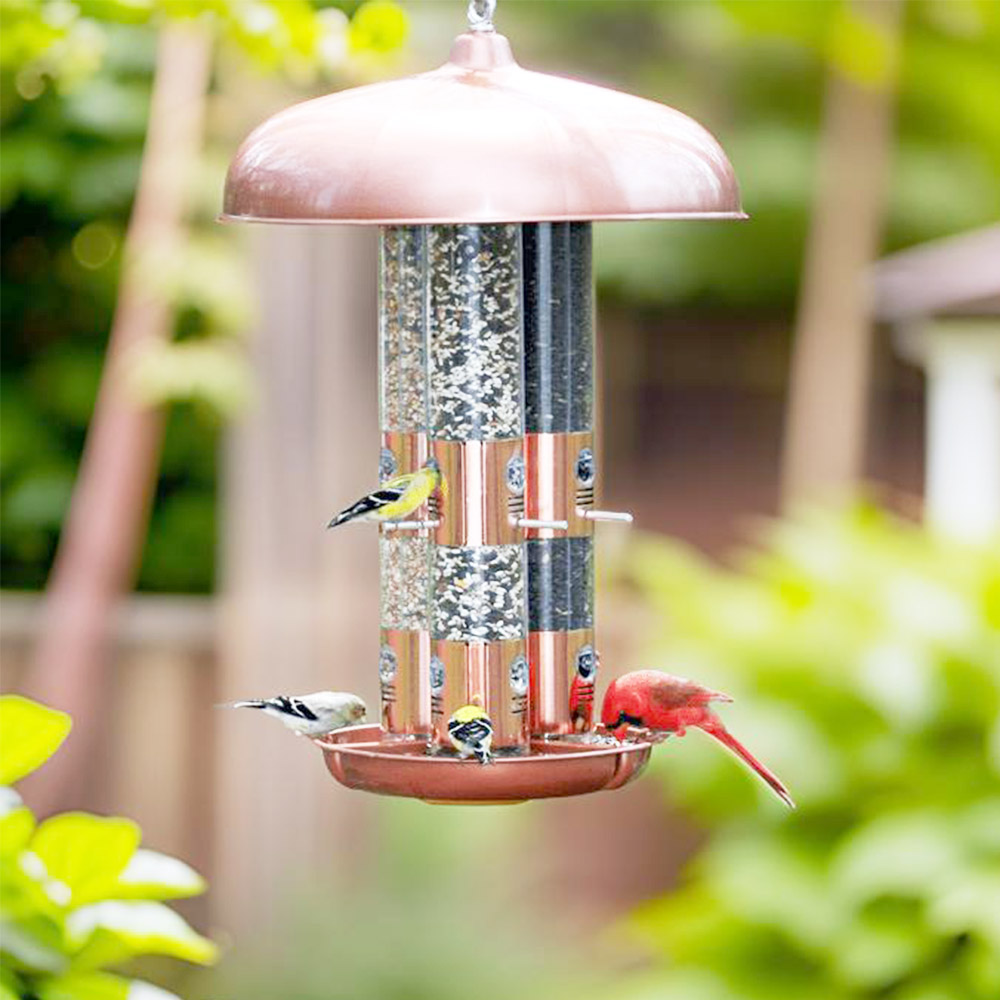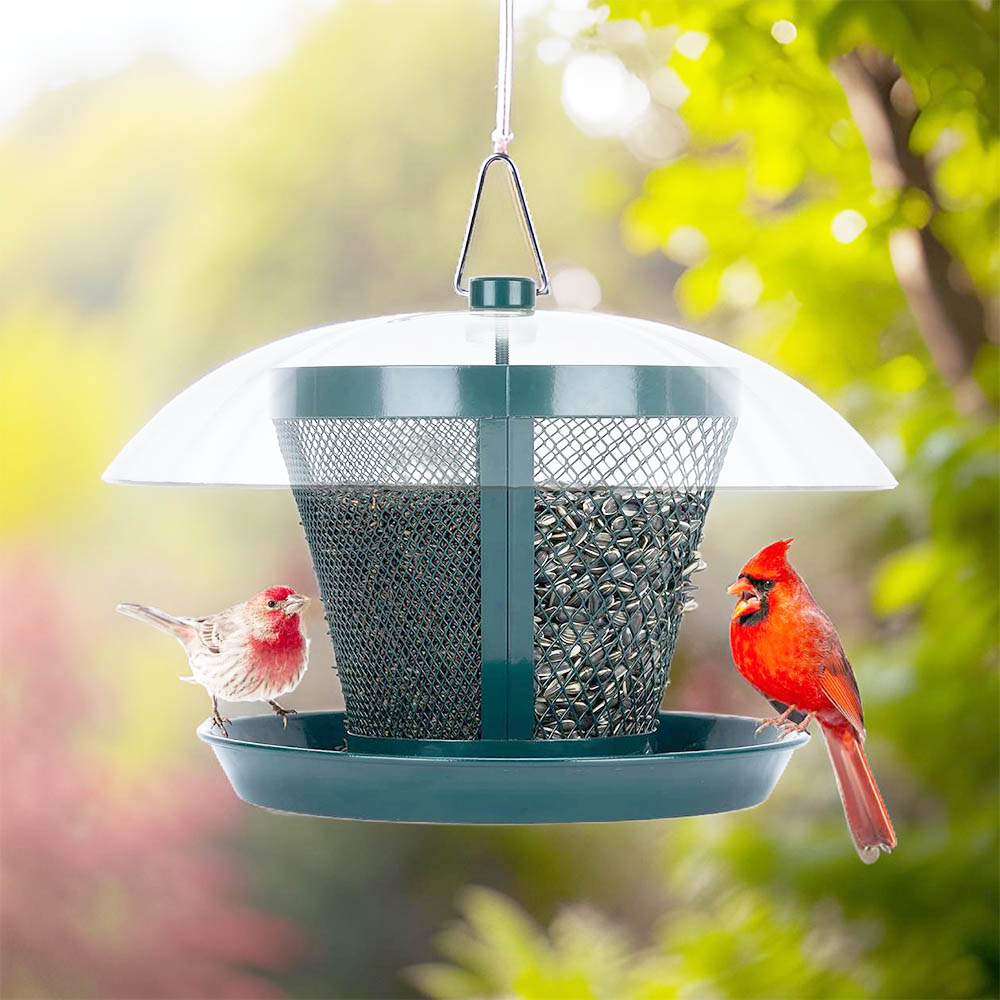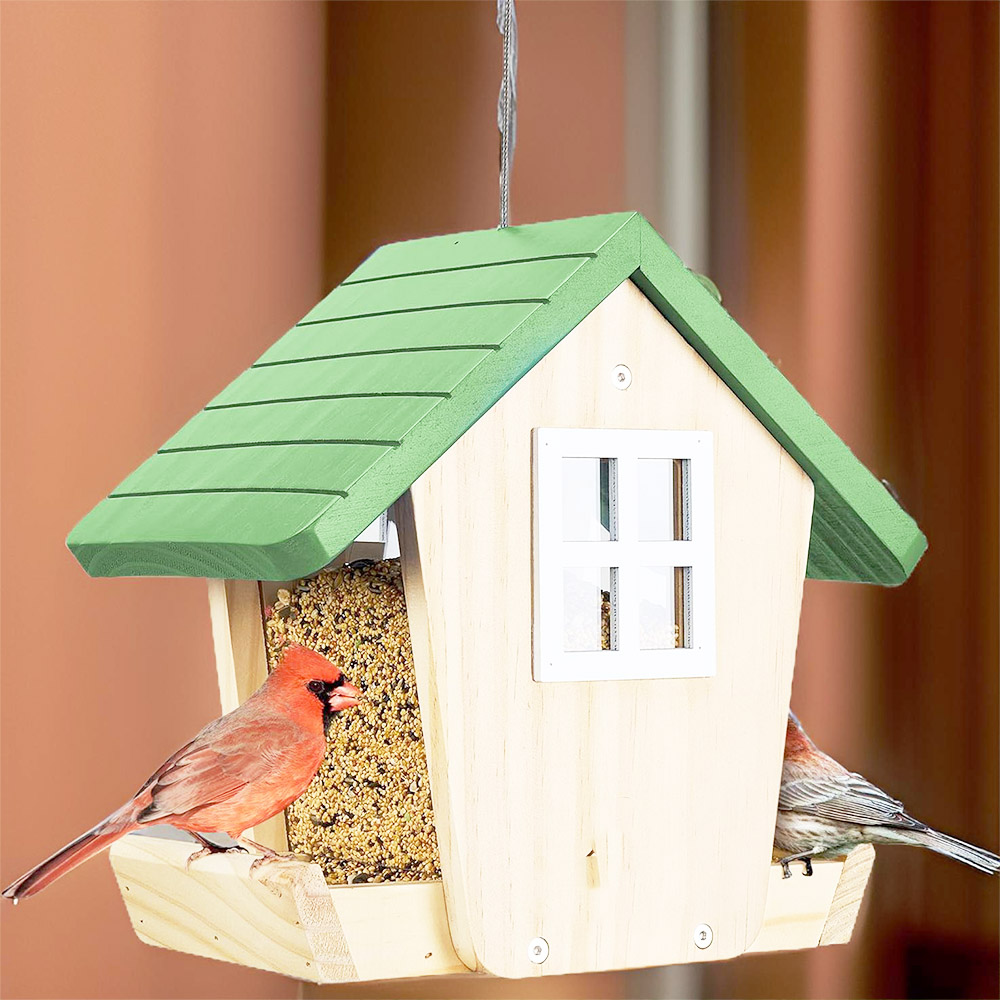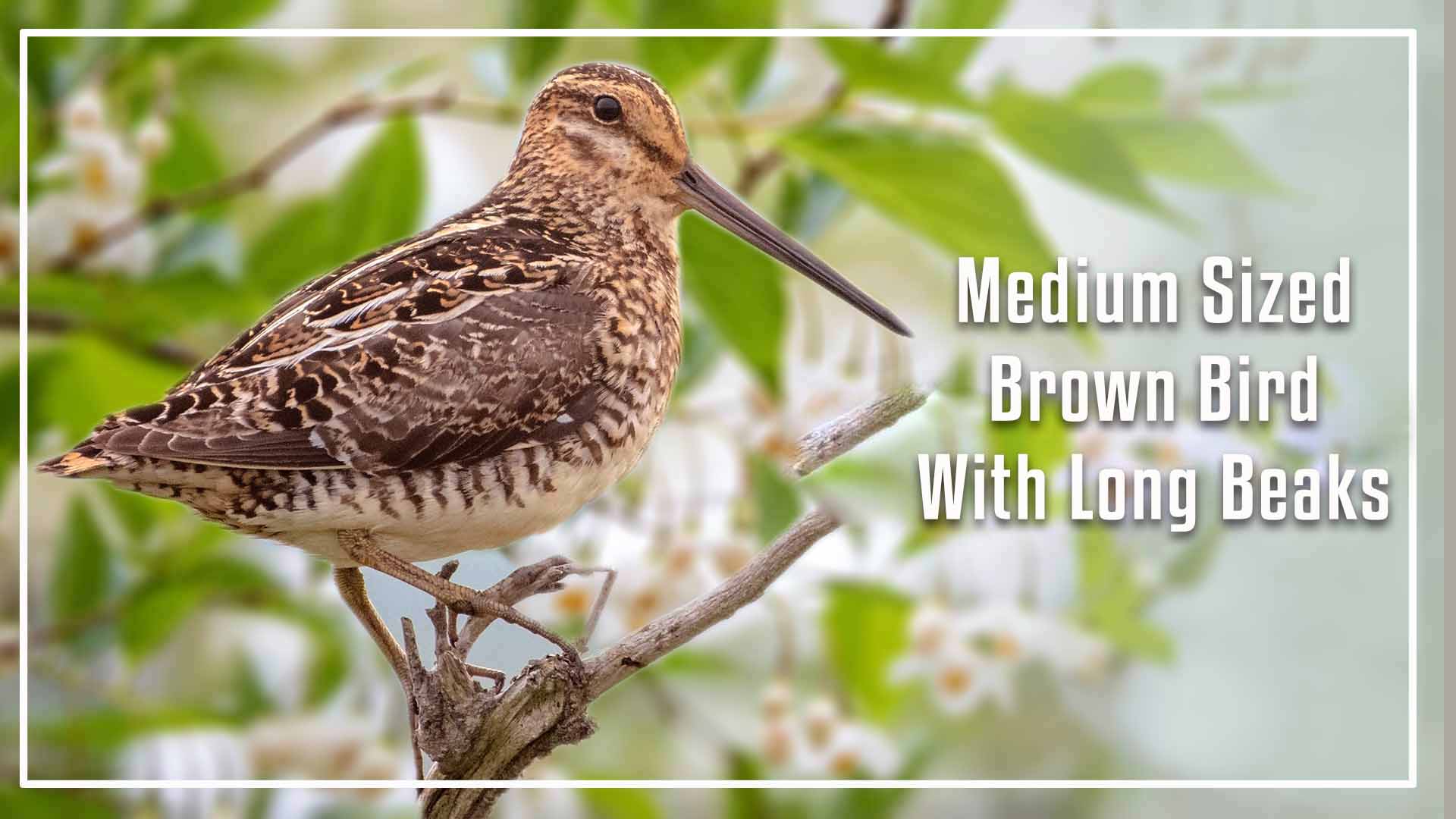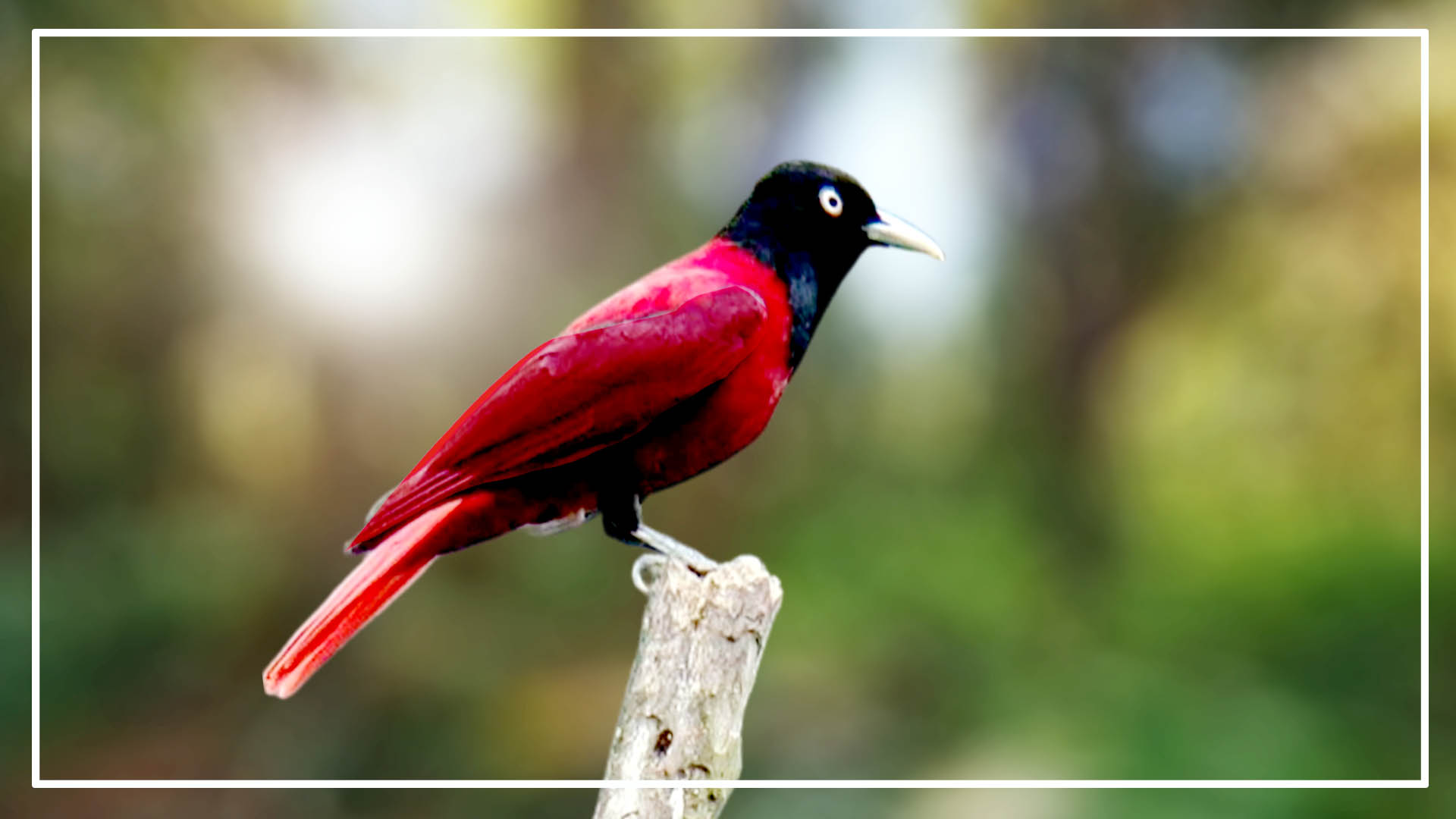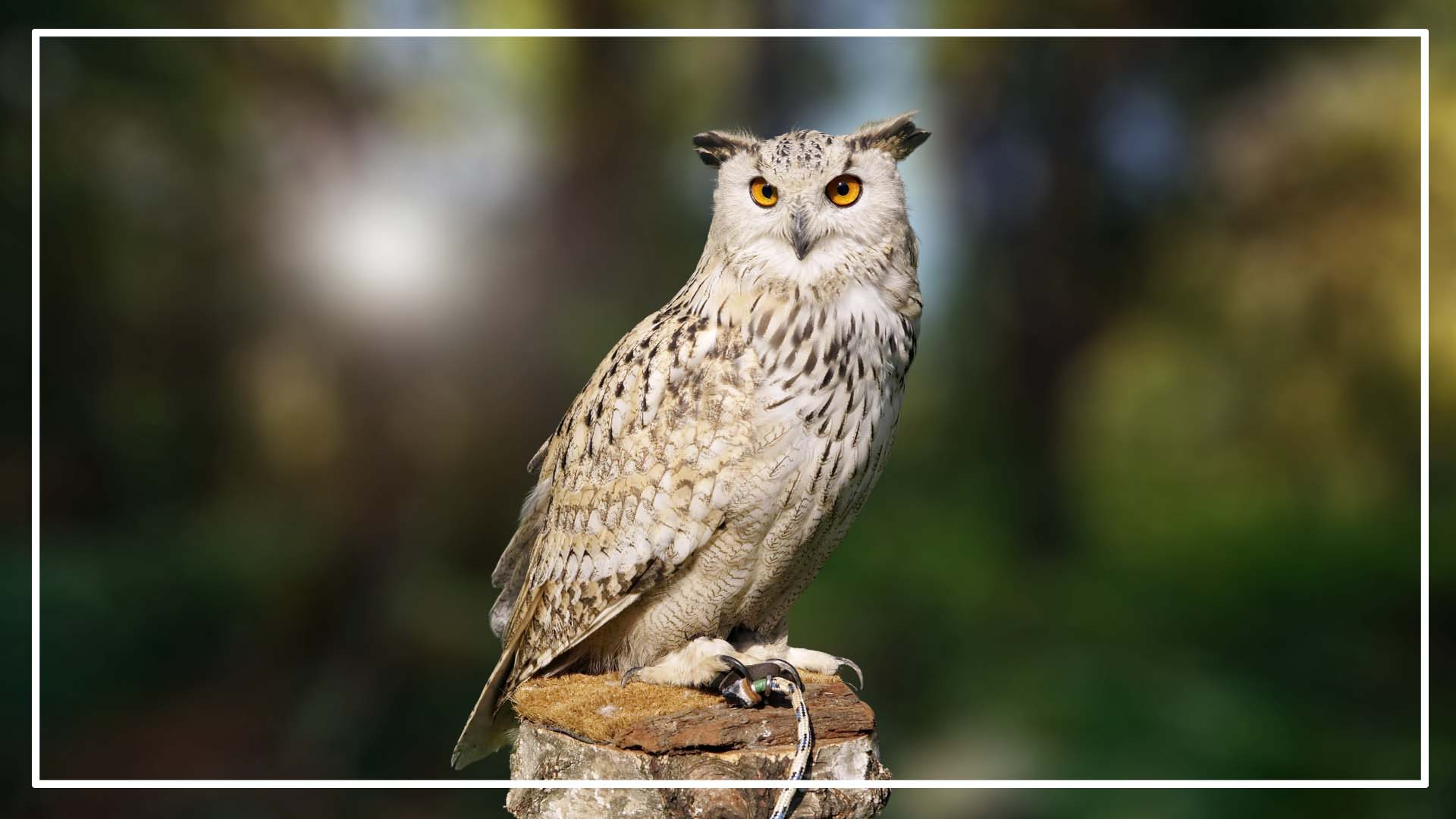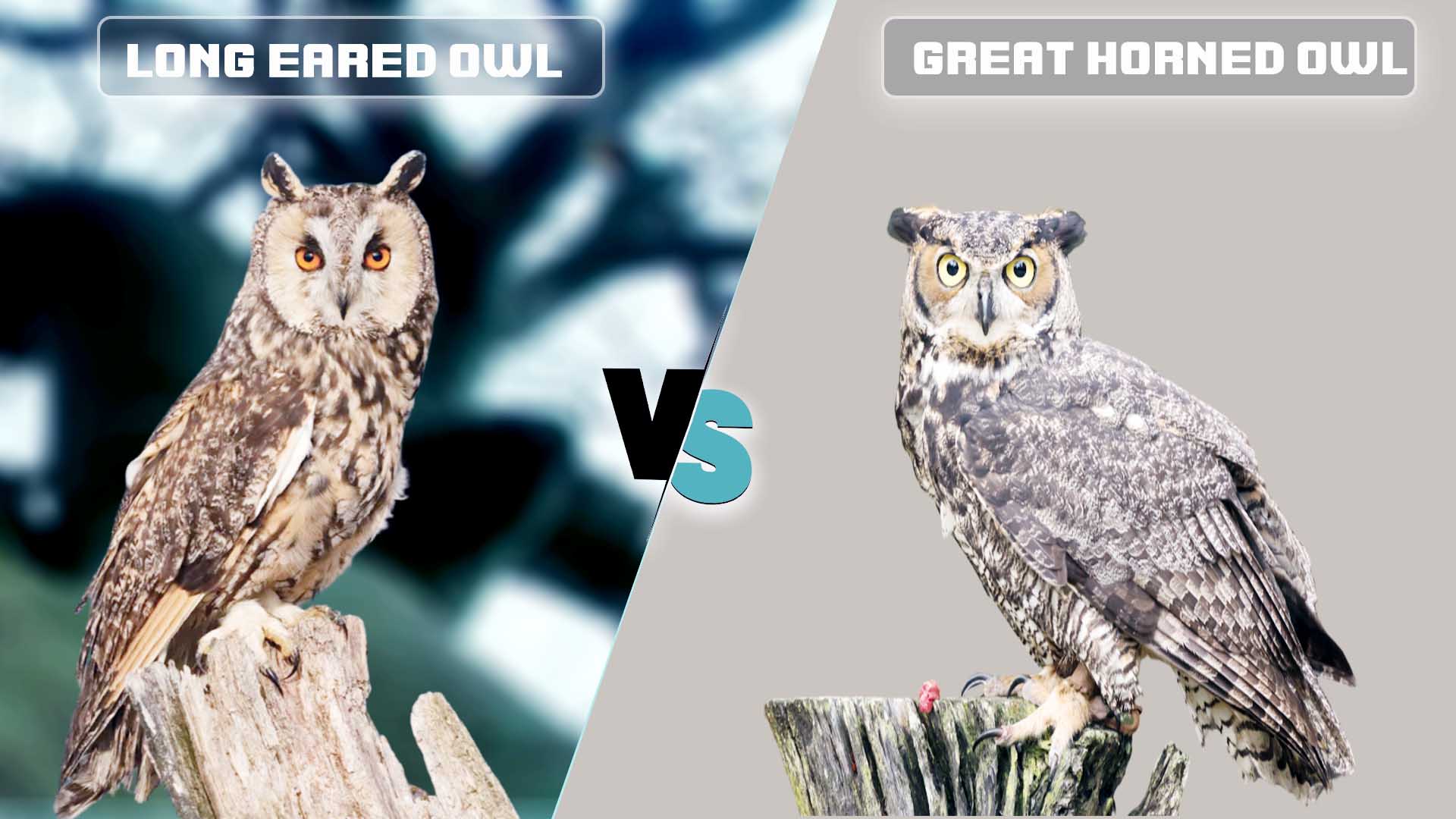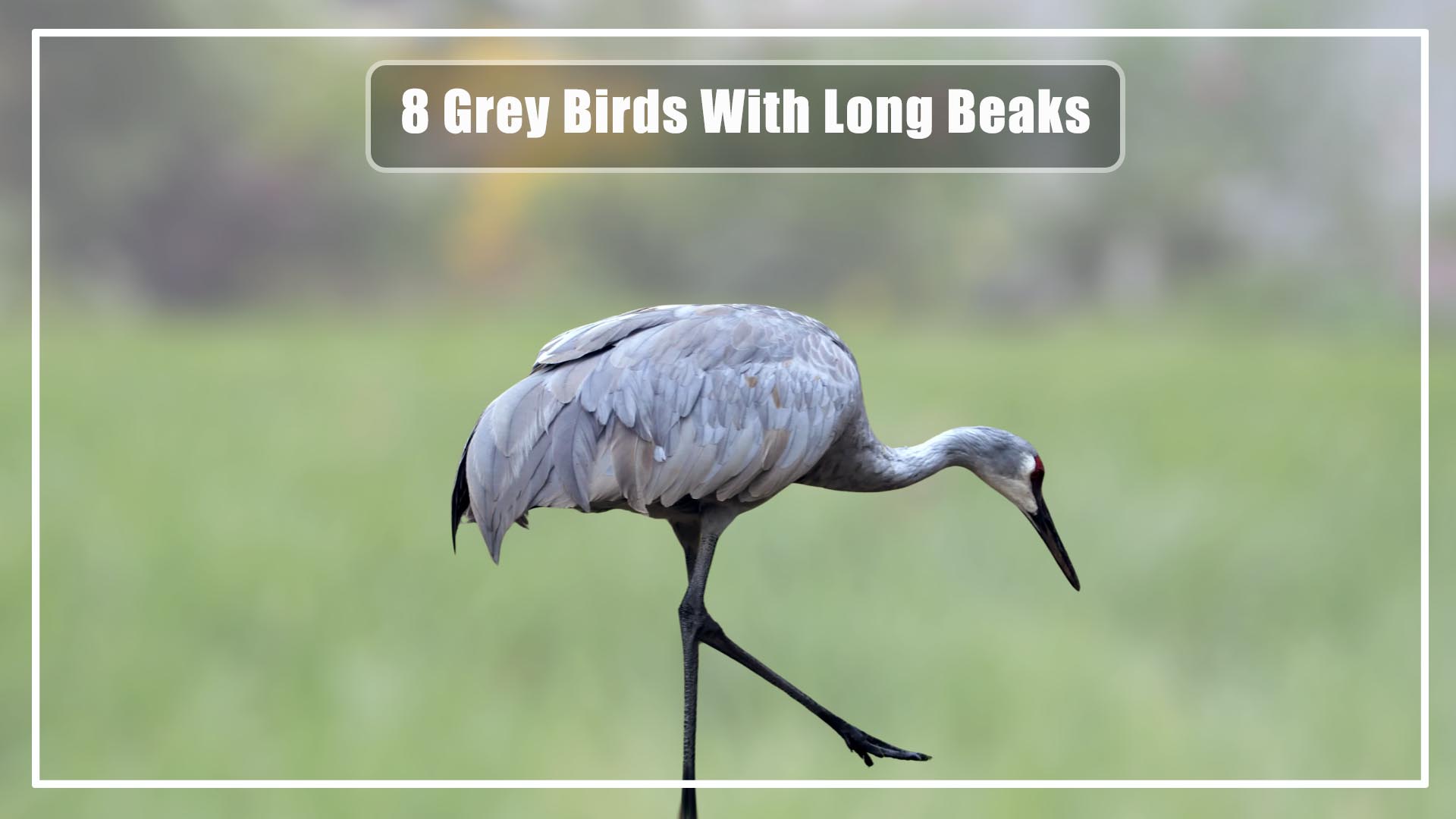There are several species of medium-sized brown birds with long beaks Including Brown Thrasher, American Woodcock, Bahama Mockingbird, and Wilson’s Snipe.
Generally, Those types of birds are small and medium size but some are big. In this article, We shared only 15 medium-sized brown birds that have long beaks.
American woodcock
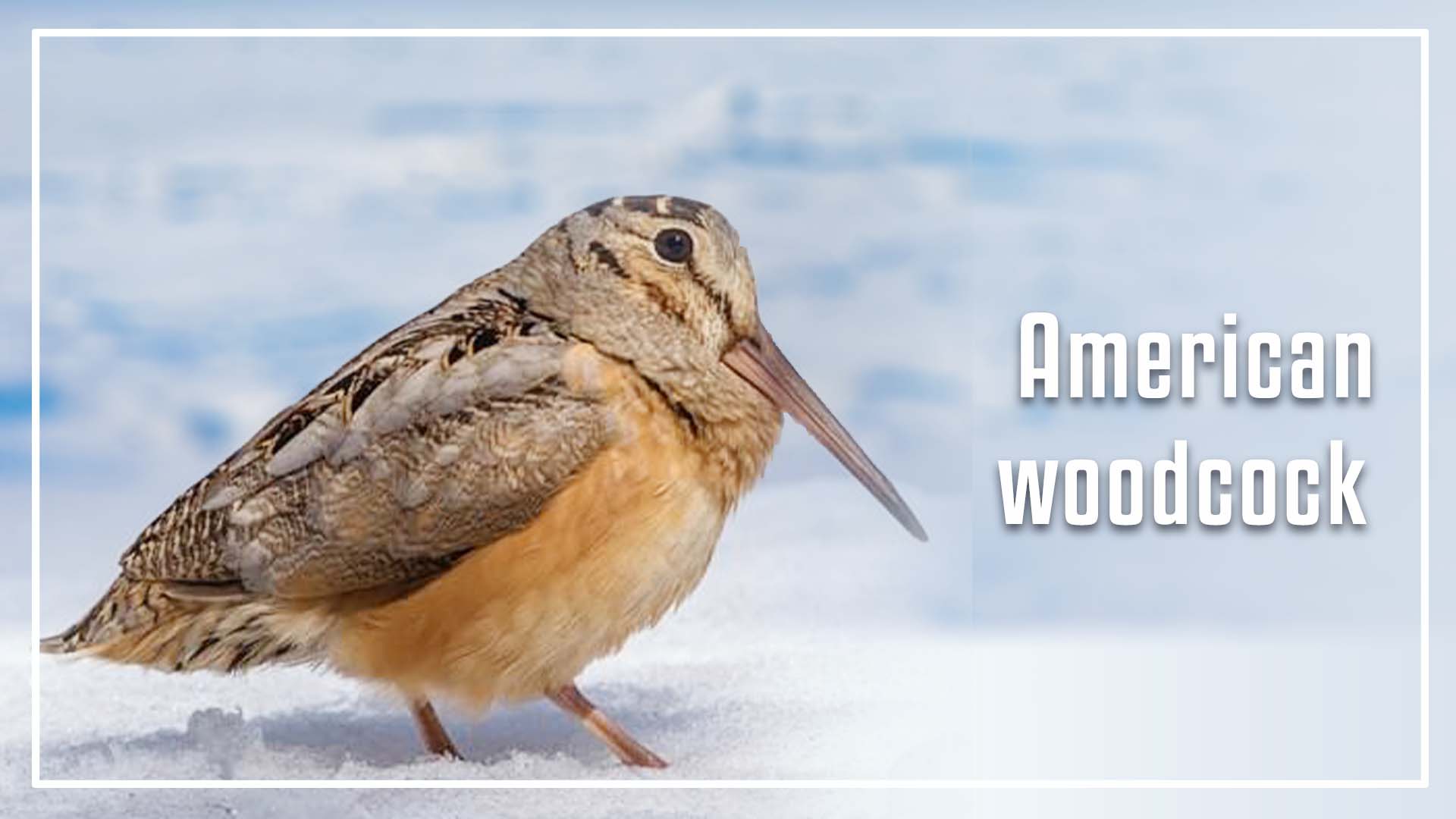
The American Woodcock (Scolopax minor) is a small, migratory bird found primarily in the eastern half of North America. It is also known as the timberdoodle or the bog sucker due to its preference for moist forest habitats.
The American Woodcock has a distinctive plumage, with mottled brown, black, and grey feathers that provide excellent camouflage on the forest floor. It has a long, straight bill that it uses to probe the soil for invertebrates such as earthworms and beetles, its primary food source. It is also known for its unique courtship display, during which males will perform a series of aerial spirals and chirps to attract females.
American Woodcocks are found in a variety of forested habitats, including wetlands, shrublands, and young forests. They breed in the northern United States and Canada and migrate south to the southeastern United States for the winter.
The American Woodcock is not considered a threatened species, but habitat loss and degradation of wetlands and forests are a potential threat to its populations. Conservation efforts focus on preserving and restoring forested habitats and promoting sustainable forestry practices that benefit the species. Hunting is also permitted in many areas, but managed populations are generally stable.
Pin-tailed snipe

The Pin-tailed Snipe (Gallinago Stenura) is a migratory wading bird that is found across parts of Asia, including Siberia, China, Japan, Korea, and India, as well as some islands in the western Pacific. It is also known as the Swinhoe’s Snipe, named after the British naturalist Robert Swinhoe who first described the species in 1861.
The Pin-tailed Snipe has a distinctive long, straight bill, which it uses to probe the mud for invertebrates, its primary food source. It has a mottled brown and grey plumage with a white belly and a narrow, pointed tail. During the breeding season, males will perform aerial displays to attract females, during which they will make a series of high-pitched calls and perform steep dives.
The Pin-tailed Snipe breeds in marshy areas in the northern parts of its range and migrates to warmer regions for the winter. It is a highly migratory species, with some populations travelling thousands of kilometres each year.
Short-billed dowitcher
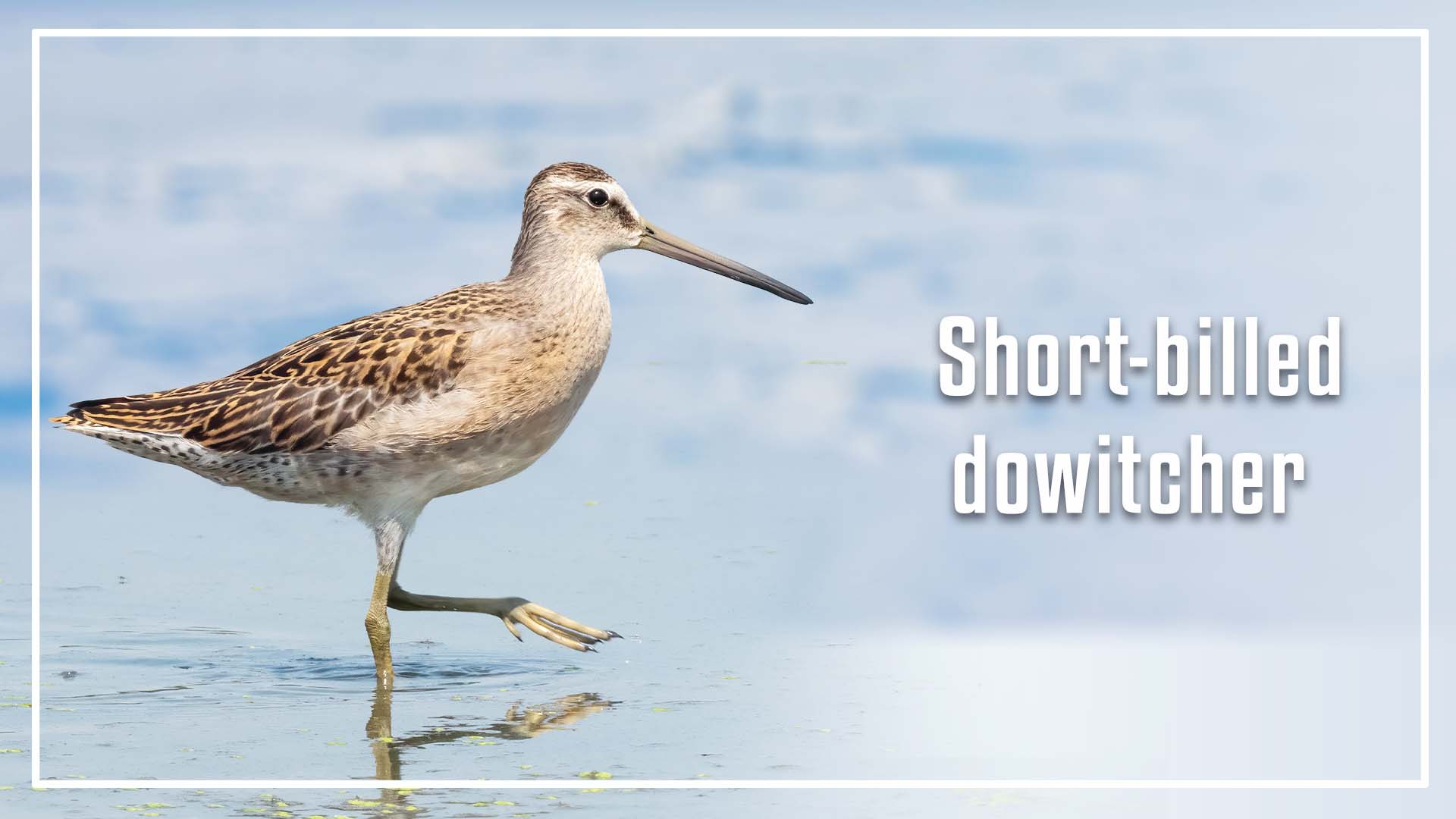
The Short-billed Dowitcher is a medium-sized brown bird with long beaks. It breeds in the far northern regions of North America, such as Alaska and Canada, and winters primarily in the southern United States, Mexico, Central America, and the Caribbean.
The Short-billed Dowitcher has a distinctive long, straight bill that is slightly curved at the tip, which it uses to probe the mud for invertebrates such as crustaceans, molluscs, and aquatic insects. It has a mottled brown and grey plumage with a white belly and a slightly curved upward-pointing tail.
Short-billed Dowitchers breed in wetlands and tundra habitats in the northern parts of their range and migrate southward to more southerly wetlands during the non-breeding season. They are gregarious birds and often congregate in large flocks during migration and winter.
Wilson’s Snipe
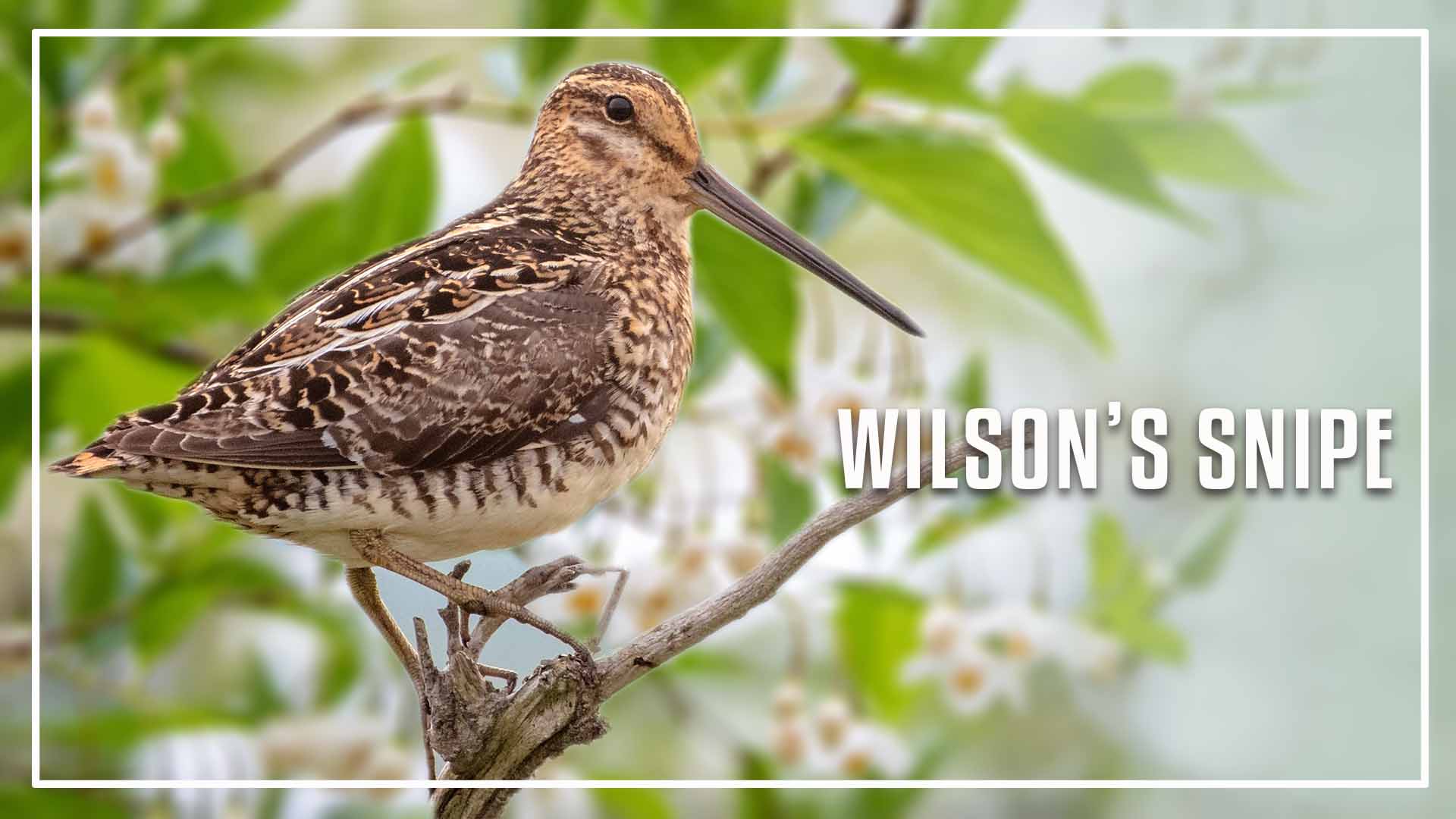
Wilson’s Snipe (Gallinago delicata) is a medium-sized bird with long beaks, a migratory wading bird found in wetlands and marshes throughout much of North America. It is a member of the sandpiper family, Scolopacidae, and is sometimes also called the common snipe.
Wilson’s Snipe has a mottled brown and grey plumage with distinctive barring on its back and wings, and a long straight bill that it uses to probe the mud for invertebrates, its primary food source.
It has a very distinctive aerial display, during which it will fly high in the sky and make a “winnowing” sound by vibrating its tail feathers.
This display is often performed by males during the breeding season to attract females and establish territory.
Wilson’s Snipe is found throughout much of North America, breeding in the northern United States and Canada and wintering in the southern United States, Mexico, and Central America.
It is a migratory species, and populations in the northern part of its range may migrate as far south as South America for the winter.
Wilson’s Snipe is not considered a threatened species, but habitat loss and degradation of wetlands are potential threats to its populations. Hunting is also permitted in many areas, but managed populations are generally stable.
Bahama Mockingbird
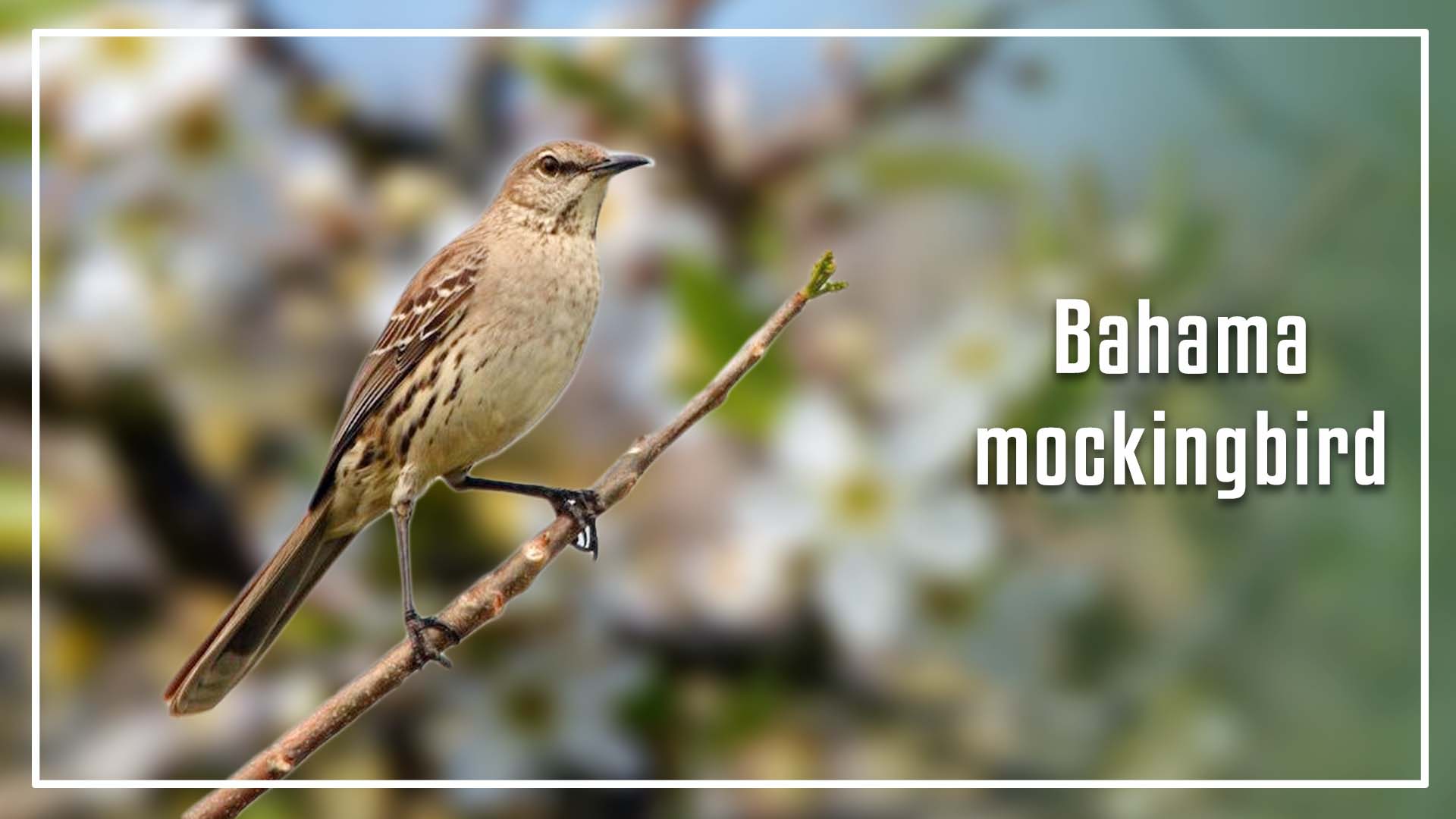
The Bahama Mockingbird (Mimus Gundlachii) is a species of Mockingbird that is endemic to the Bahamas, a chain of islands in the Atlantic Ocean off the coast of Florida.
It is closely related to the Northern Mockingbird (Mimus Polyglottos) found in the United States.
The Bahama Mockingbird has a greyish-brown back, wings, and tail, with a lighter grey belly and chest. Its head and neck are greyish-white, with a distinctive dark patch around the eyes. It has a long, thin bill and dark eyes. Both males and females look alike.
The Bahama Mockingbird is known for its melodious and varied song, which it delivers from a prominent perch or while in flight. Its song is similar to that of the Northern Mockingbird, consisting of a series of varied and often imitative phrases, with each phrase repeated several times before moving on to the next.
The Bahama Mockingbird is typically found in a variety of habitats, including coastal scrubland, pine forests, and urban areas. It feeds on a variety of insects, fruits, and seeds, and will also eat small lizards and other small prey.
The Bahama Mockingbird is not considered to be threatened at present, although habitat loss and degradation may pose a threat to its populations in some areas.
Long-billed dowitcher
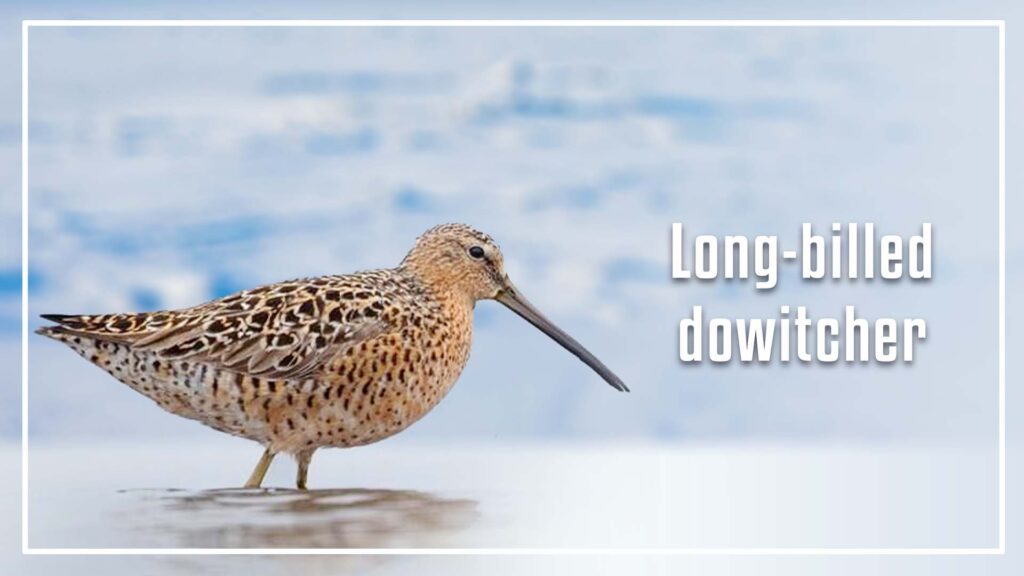
The Long-billed Dowitcher (Limnodromus scolopaceus) is a medium-sized migratory shorebird that is found across North America, from Alaska and Canada to Mexico and the Caribbean. It is known for its long, straight bill that is slightly upturned at the tip, which it uses to probe the mud for invertebrates such as crustaceans, molluscs, and aquatic insects.
The Long-billed Dowitcher has a mottled brown and grey plumage with a white belly and a slightly curved upward-pointing tail. It is similar in appearance to the Short-billed Dowitcher but can be distinguished by its longer bill and more pronounced eyebrow stripe.
Long-billed Dowitchers breed in wetland habitats in the northern parts of their range and migrate southward to wetlands and coastal areas during the non-breeding season. They are gregarious birds and often congregate in large flocks during migration and winter.
Spotted Sandpiper
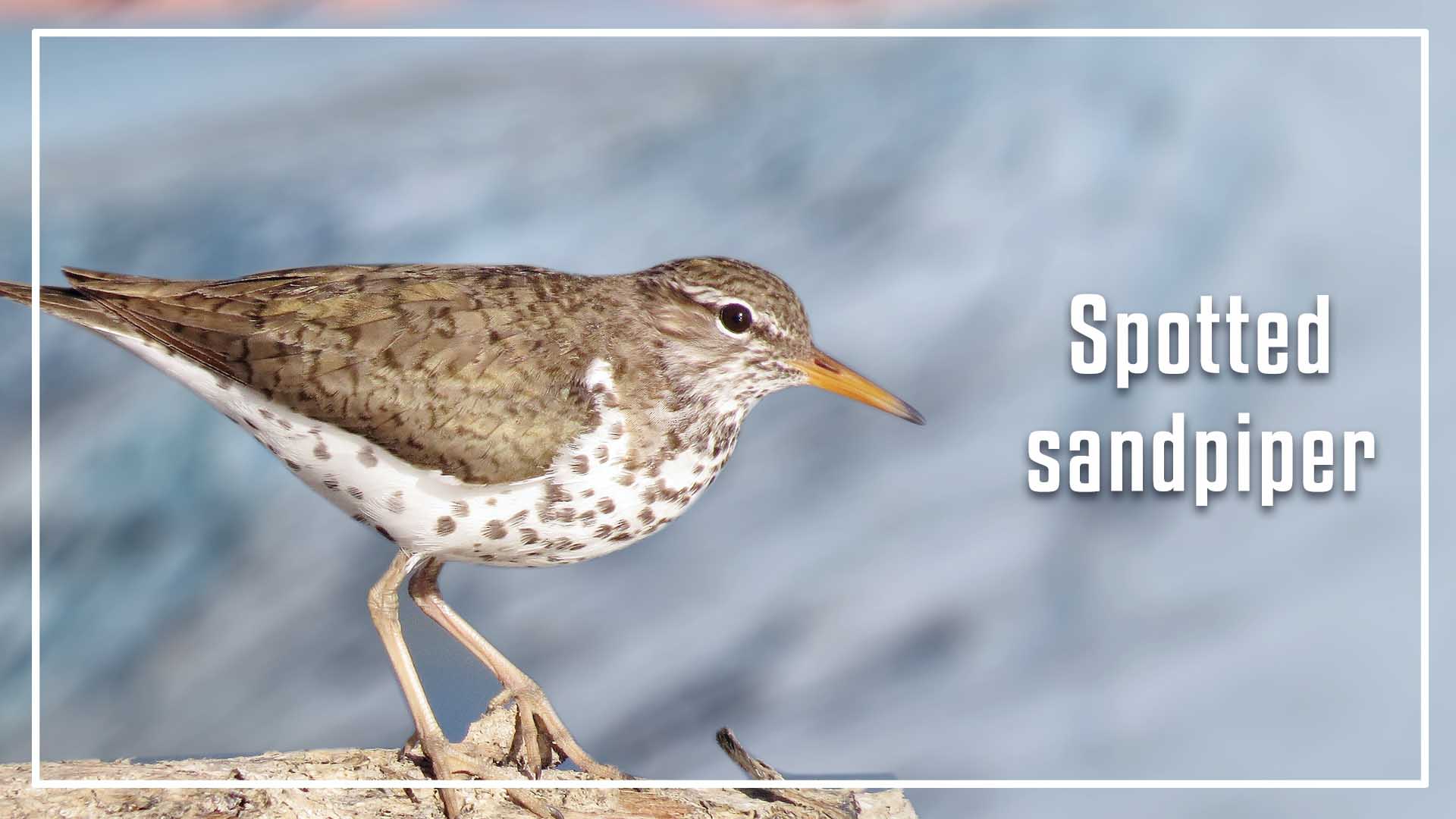
The Spotted Sandpiper (Actitis macularius) is a small migratory shorebird that is found across North and Central America, as well as parts of South America. It is known for its characteristic teetering motion, where it bobs its body up and down as it walks along the water’s edge or on rocky shores.
The Spotted Sandpiper has a distinctive appearance with a brown and white spotted back, a white belly, and a bold white stripe over its eye. During the breeding season, males have a more prominent white belly, while females have a lightly spotted belly.
Spotted Sandpipers breed in a variety of habitats, including wetlands, riverbanks, and shorelines. They typically lay four eggs in a shallow depression on the ground, and both parents share the responsibilities of incubation and caring for the chicks.
Spotted Sandpipers are primarily insectivorous, feeding on a variety of insects and other small invertebrates. They also eat small fish and crustaceans when available.
The Spotted Sandpiper is not considered a threatened species, but habitat loss and degradation, as well as pollution and disturbance of breeding areas, are potential threats to its populations. Conservation efforts focus on protecting and restoring wetland habitats, managing human activities near breeding sites, and regulating hunting in some countries where it is considered a game bird.
Killdeer

The Killdeer (Charadrius vociferus) is a medium-sized shorebird that is found across North America, from Alaska to Central America. Despite being a shorebird, it is often found in a variety of habitats, including open fields, gravelly or sandy areas, and even parking lots and other urban areas.
The Killdeer is a distinctive bird with a brown and white striped head, neck, and chest, a brown back, and a white belly. It has two black bands around its neck and a red-brown patch on its rump. It is known for its distinctive alarm call, which sounds like “kill-deer”.
The Killdeer is a ground-nesting bird, and it often makes its nest in open areas such as fields, gravelly or sandy areas, and even on rooftops or parking lots. The nest is a shallow scrape in the ground, often lined with pebbles or other small debris. The eggs are well-camouflaged with brown and black spots.
Killdeers are primarily insectivorous, feeding on a variety of insects, spiders, and other small invertebrates. They may also eat small crustaceans and other small prey. They forage on the ground, running and stopping to pick up prey with their bills.
The Killdeer is not considered a threatened species, but habitat loss and degradation, as well as nest disturbance by humans and predators, are potential threats to its populations. Conservation efforts focus on protecting and restoring open habitats, managing human activities near nesting areas, and regulating hunting in some countries where it is considered a game bird.
Brown Thrasher
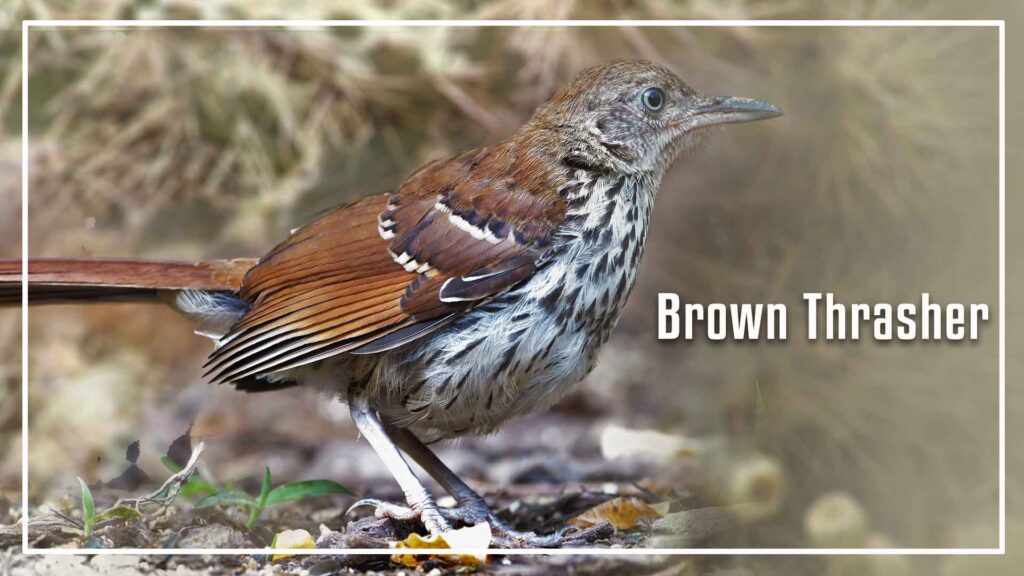
The Brown Thrasher is a medium-sized songbird with a long beak, that measures about 2.5 inches in length. It has a reddish-brown upper body with a white belly, and its wings and tail are also reddish-brown with darker streaks.
The Brown Thrasher has a long tail that measures about 4.5 to 5.5 inches in length. It is known for its distinctive and melodious song, which consists of repeated phrases and imitations of other birds.
The Brown Thrasher is commonly found in woodland areas and hedgerows across much of the eastern United States. It feeds on insects, berries, and seeds.
Toxostoma

Toxostoma is a genus of birds in the family Mimidae, which includes several species of thrashers. Thrashers in the genus Toxostoma are medium-sized birds with long beaks and tails. They are generally brown or greyish-brown in colour, with intricate patterns on their feathers.
The most well-known species in the Toxostoma genus is the Brown Thrasher (Toxostoma Rufum), which is found throughout much of the eastern United States. Other species in the genus include the Bendire’s Thrasher (Toxostoma Bendirei), the California Thrasher (Toxostoma redivivus), the Crissal Thrasher (Toxostoma Crissale), and the Curve-billed Thrasher (Toxostoma Curvirostre), among others.
Thrashers in the Toxostoma genus are known for their strong, distinctive songs, which often consist of repeated phrases and imitations of other birds. They feed primarily on insects but also eat berries and seeds. Toxostoma thrashers are typically found in arid or semi-arid habitats, such as deserts, scrublands, and open woodlands.
California Thrasher

The California Thrasher (Toxostoma Redivivum) is a medium-sized bird in the thrasher family (Mimidae) that is native to the western United States. It is primarily found in chaparral and other shrubby habitats in California, but its range extends into southwestern Oregon and northwestern Baja California.
The California Thrasher has a long, curved beak and a long tail. It is generally brownish-grey in color. The California Thrasher is a secretive bird that spends much of its time foraging on the ground, using its long bill to probe for insects and other small prey. It also eats berries and seeds.
The California Thrasher is known for its beautiful and complex song, which includes a variety of notes, whistles, and trills. It is often heard singing from atop a shrub or low tree.
LeConte’s Thrasher

LeConte’s Thrasher (Toxostoma Lecontei) is a medium-sized bird in the thrasher family (Mimidae) that is found primarily in arid habitats of the southwestern United States and northern Mexico. It is named after the American naturalist John Lawrence LeConte.
LeConte’s Thrasher has a long, curved bill and a relatively long tail. It is generally pale brown or greyish-brown in colour, with a streaked breast and a plain face. It is well-adapted to living in arid environments and is capable of obtaining much of the water it needs from its food. It feeds primarily on insects, but also eats seeds and fruits.
LeConte’s Thrasher is known for its beautiful, melodious song, which it delivers from a high perch or while in flight. Its song is described as a series of clear, musical notes that rise and fall in pitch. LeConte’s Thrasher is a cryptic and elusive bird that can be difficult to spot in the field, but it is highly sought after by birdwatchers and naturalists. It is considered a species of conservation concern due to habitat loss and fragmentation.
Long-billed Thrasher

The Long-billed Thrasher (Toxostoma Longirostre) is a bird in the thrasher family (Mimidae) that is found primarily in Mexico and parts of the southwestern United States, including southern Texas, Arizona, and New Mexico. It is named for its long, curved bill, which is used to probe the ground for insects and other small prey.
The Long-billed Thrasher is a medium-sized bird with a streaked Brownish-gray back and a plain buff-coloured breast. It has a distinctive face pattern with a dark mask around the eyes and a white eyebrow stripe. It has a relatively long tail and a slender build.
The Long-billed Thrasher is known for its loud, melodious song, which it delivers from a prominent perch or while in flight. Its song is described as a series of rich, musical phrases with a clear, flute-like quality. It is also known for its aggressive behaviour, often attacking intruders with its sharp bill and using a variety of vocalizations to communicate with other birds in its territory.
The Long-billed Thrasher is primarily found in arid and semi-arid habitats, such as deserts, scrublands, and grasslands. It feeds on a variety of insects, including grasshoppers, crickets, and beetles, as well as spiders and small lizards. The Long-billed Thrasher is considered a species of least concern by the International Union for Conservation of Nature (IUCN), although habitat loss and fragmentation may pose a threat to its populations in some areas.
Mimid
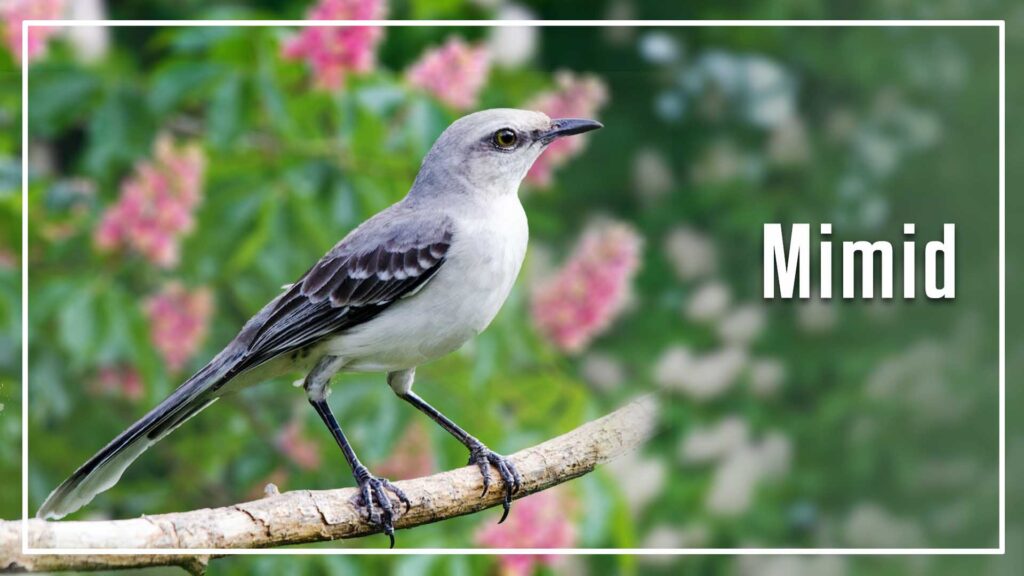
Mimids, or mimid birds, are a family of birds known as Mimidae that includes thrashers, mockingbirds, and catbirds.
These birds are found primarily in North and South America and are known for their vocal abilities, with many species able to mimic the songs of other birds and even sounds in their environment, such as car alarms or sirens.
Mimids are typically medium to large in size, with long tails and slender bills that are well-suited for probing in the ground for insects and other prey.
Mimid likes to eat a variety of insects, fruits, and seeds. Mimids are popular among birdwatchers and are known for their beautiful songs and engaging behaviours.
Brown-Backed Mockingbird

The Brown-backed Mockingbird (Mimus Dorsalis) is a species of bird in the family Mimidae, which is native to South America.
It is found primarily in the Andean regions of western Venezuela, Colombia, Ecuador, Peru, and Bolivia, as well as the highlands of Argentina and Chile.
The Brown-backed Mockingbird has a distinctive brownish-grey back, with a lighter grey belly and chest. Its wings and tail are also greyish-brown, with white patches on the wings that are visible during flight.
It has a long, thin bill and yellow eyes. Both males and females look alike, although males tend to have slightly longer bills.
The Brown-backed Mockingbird is known for its complex and melodious song, which it delivers from a prominent perch or while in flight.
Its song consists of a series of varied and often imitative phrases, with each phrase repeated several times before moving on to the next.
The Brown-backed Mockingbird is also known for its ability to mimic the songs of other birds and sounds in its environment.
The Brown-backed Mockingbird is typically found in dry scrubland, woodland edges, and other arid habitats. It feeds on a variety of insects, fruits, and seeds, and will also eat small lizards and other small prey.

